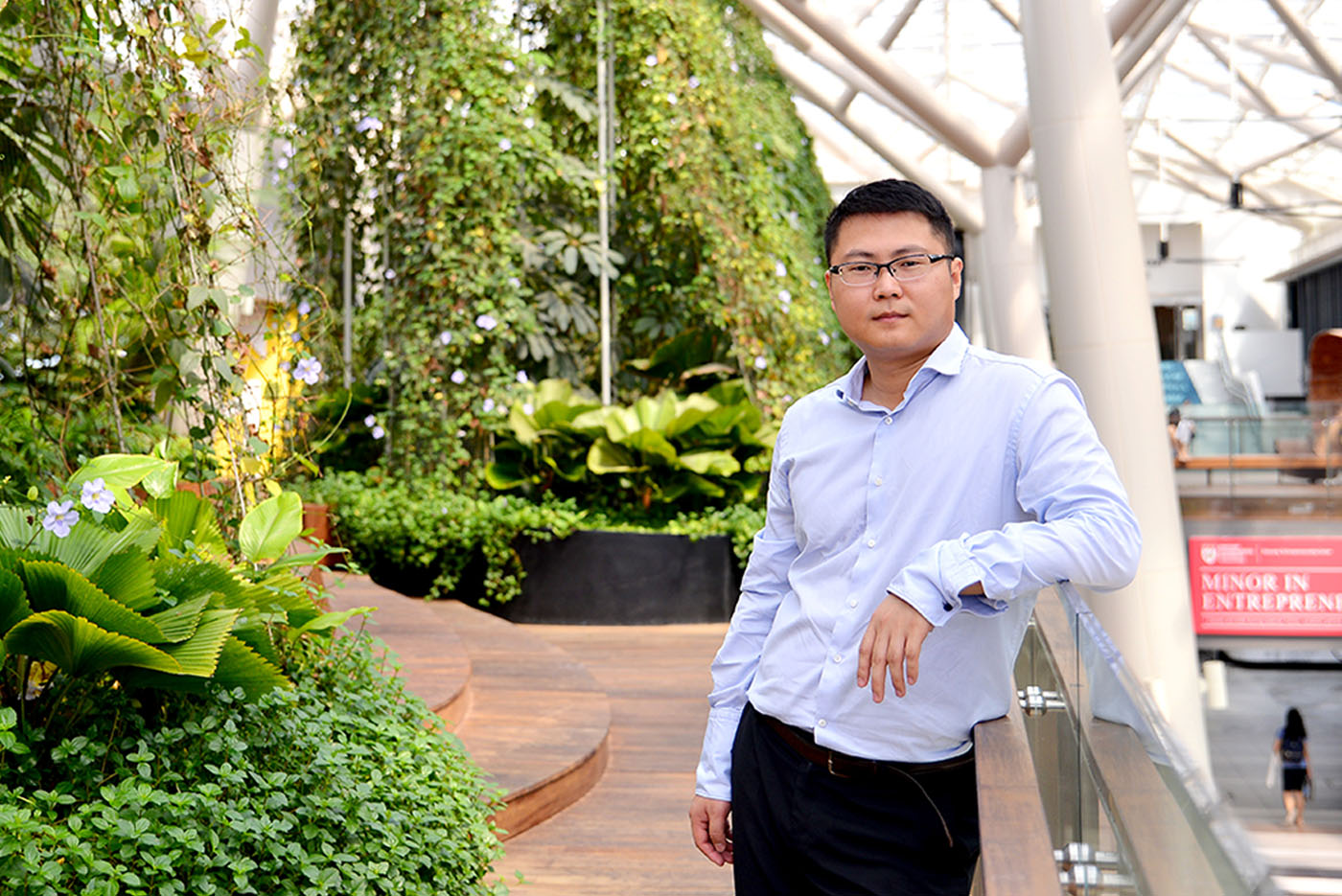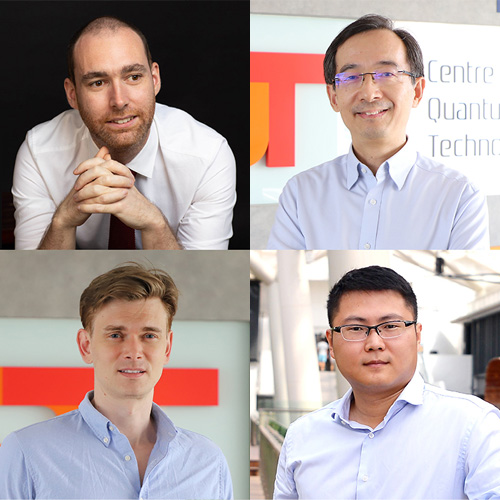Highlights
Meet a CQTian: Gao Weibo
 Weibo leads two projects under the Quantum Engineering Programme in quantum sensing and quantum communications, and hopes to translate research in the lab to real-world applications.
Weibo leads two projects under the Quantum Engineering Programme in quantum sensing and quantum communications, and hopes to translate research in the lab to real-world applications.
Gao Weibo is one of four new Principal Investigators announced at CQT in July 2022. At the Nanyang Technological University (NTU), Singapore, where Weibo is Associate Professor and Provost’s Chair Professor in Physics, Weibo has established an experimental group working on two-dimensional materials, quantum information and quantum optics based on solid state systems. Over to him to tell us more about himself and his work.
What drew you to quantum physics research?
I did my Bachelor’s at the University of Science and Technology of China (USTC). There is a very good atmosphere for quantum physics there. Professor Dongpei Zhu was my teacher for quantum mechanics. He was very energetic in class and explained difficult questions in simple ways. From then, I became interested in quantum mechanics and quantum physics. Afterwards, as a PhD student, I joined the lab of Professor Jianwei Pan at USTC. We made very fast progress, for instance, we created a six-photon entangled state, ten-qubit entangled state, and demonstrated topological error correction. All were first demonstrations and leading experiments in the world.
How did you know that you wanted to become a scientist?
At USTC, the role models of many students are scientists who made many scientific contributions such as Albert Einstein. I think the culture of USTC influenced me a lot. Being a scientist is actually one of the best jobs, where we can do things we like with passion and the same time get paid. So why not?
What is your favourite aspect of your work?
When the work involves both new techniques and new physics, which are connected actually. Science and technology are both important, but if you combine them into one piece of work, there will be some beautiful improvement.
Tell us about your research.
My current research focuses mainly on quantum information and quantum materials primarily based on solid state systems. The idea is to use the properties of the quantum materials to perform quantum information applications. There are many types of widely used materials, like silicon, silicon carbide (SiC), gallium nitride (GaN), with different structures and properties we don’t fully understand actually. We also study different vacancies of atoms in materials. Vacancies are where atoms are missing from the material’s crystal lattice. Materials with different vacancies also have different properties and are different quantum systems.
For systems that we are familiar with, we are polishing quantum engineering techniques to perform quantum information applications. In addition, we are also investigating new unexplored quantum systems. For example, we discovered room temperature telecom single emitters in SiC and GaN, which may find applications in quantum communication but their structures are still unknown.
The other research direction is in two-dimensional (2D) materials, which provide a platform to study interesting quantum phenomena. We are investigating the collective behaviour of atoms – such as the novel optics and transport behaviour – in 2D materials.
You lead projects under the Quantum Engineering Programme (QEP). Could you share more about them?
I am leading two projects: “Quantum sensing for health science based on NV centers in diamond” and “Island-wide quantum key distribution using electrically driven single photon emitters”.
In the first project, we want to bring quantum sensors based on nitrogen-vacancy centres in diamond closer to the real-world applications. They can do fantastic things, for example, detect single molecules or proteins. We hope they can eventually detect a single viral particle. They can also be used as convenient and very compact radio frequency sensors. Many startups and big companies are already investing in this field.
In the second project, we aim to replace lasers used for quantum key distribution. Typically, in most quantum key distribution experiments, attenuated lasers are used to generate single photons. However, there is a probability that two photons are generated at the same time instead of one. This either makes the key distribution unsecure or needs correction schemes which avoidably reduces key generation rate. Hopefully, we can develop a true single-photon source, that generates only one photon at one time, for quantum communication tasks.
What are your hopes for your field?
My hope is to bring science in the lab to real-world applications, eventually having a revolutionary impact on our society. In the field of quantum information, the community is really working hard towards that goal.
Do you have positions open at the moment?
Yes, we do have both Research fellow positions and PhD positions open at the moment, for both quantum information and quantum materials. Prospective candidates are welcome to contact me directly through email at wbgao@ntu.edu.sg. Hopefully we can work and pursue our dreams together.
What do you enjoy outside of work?
I enjoy playing basketball. Together with a group of teachers at NTU, I play basketball frequently to relax.
Learn more
Related Stories
 | Meet a CQTian: Gong Jiangbin July 19 2022 |
 | CQT appoints four new Principal Investigators July 19 2022 |
 | Meet a CQTian: Steven Touzard July 25 2022 |






